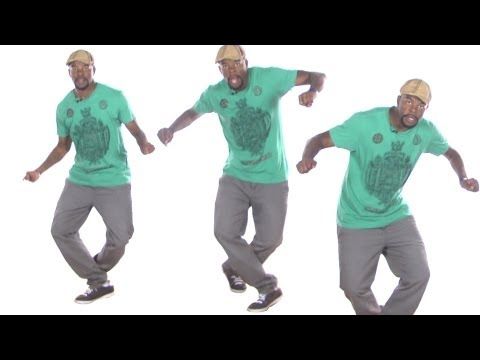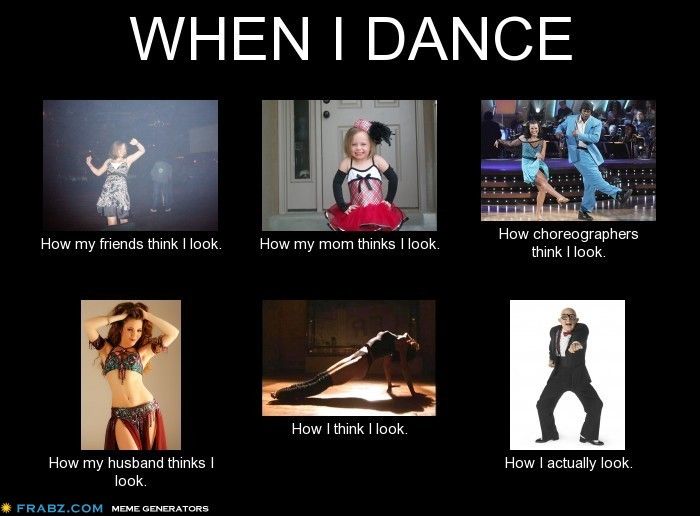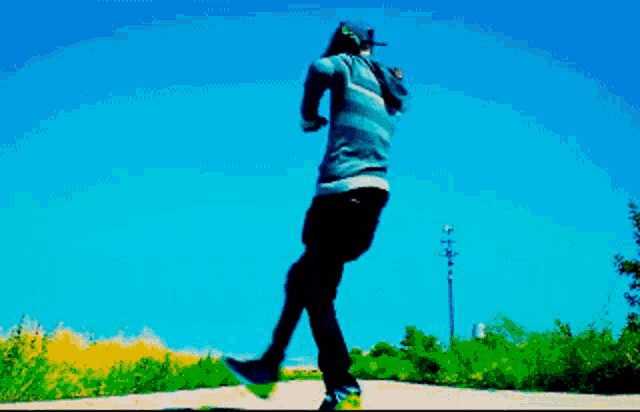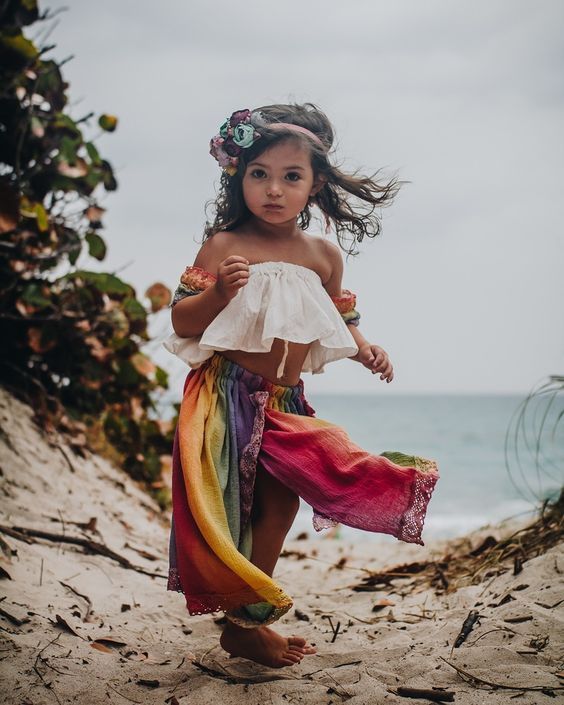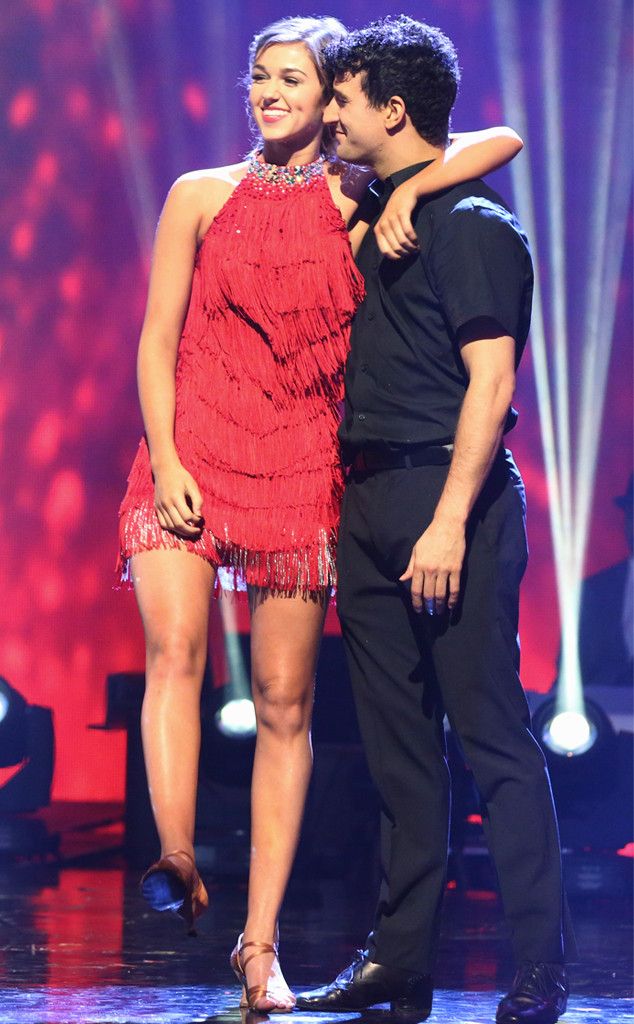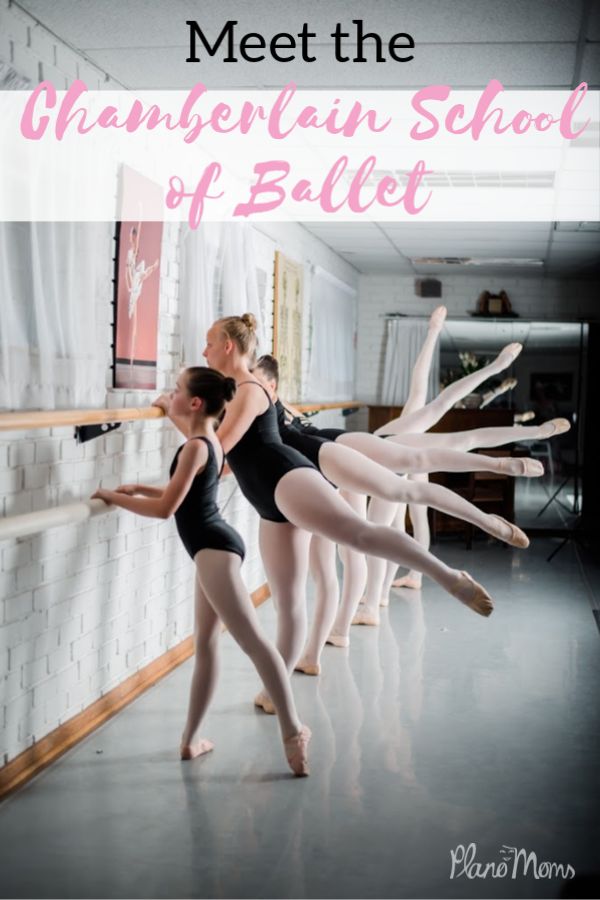How to dance the tango with music
Learn Basic Tango Steps
Tango, also referred to as the "Dance of Love", is a passionate and dramatic dance. It's a dialogue between partners, an expressive form of communication through movements.
- Basic steps
- Instructions & Diagrams
- Video
- Recommended Video Lessons »
Quick intro
Tango originated in the 19th century outskirts of Buenos Aires, Argentina. Since then it has grown into one of the most popular dances in the world.
It's somewhat different from other dances, especially traditional ballroom, but next in popularity behind waltz and foxtrot. Dissimilar to those two, it has no rise & fall, no swaying. It's known for quick, sharp movements and a catlike walking action.
Today, there are many styles of tango. You can dance the tango argentino, the ballroom tango, the finnish tango, the uruguayan tango, tango nuevo, vintage tango, and the chinese tango, among other styles. Although many different interpretations have appeared, the two main styles are the ballroom style and the Argentine style. The main difference between the two is that the second one has more sharp, staccato movements and the characteristic head snaps which are totally foreign for the dances coming from Argentine.
Tango is danced all around the world by people of all sizes and ages. Because the main requirement is walking, it is a dance for everyone. When it comes to Tango, the Zimbabwean proverb - If you can walk, you can dance – is absolutely on the spot.
Basic steps
Tango is a walking dance, meaning that all the steps are based on walking.
When you start learning it, you must first master some basic movements. Don't worry, basic steps are not that difficult to learn. Beginners usually start with 8-Count Basic or simply Tango Basic.
Tango Basic is made of five steps taken to 8 counts of music. The rhythm is slow, slow, quick, quick, slow.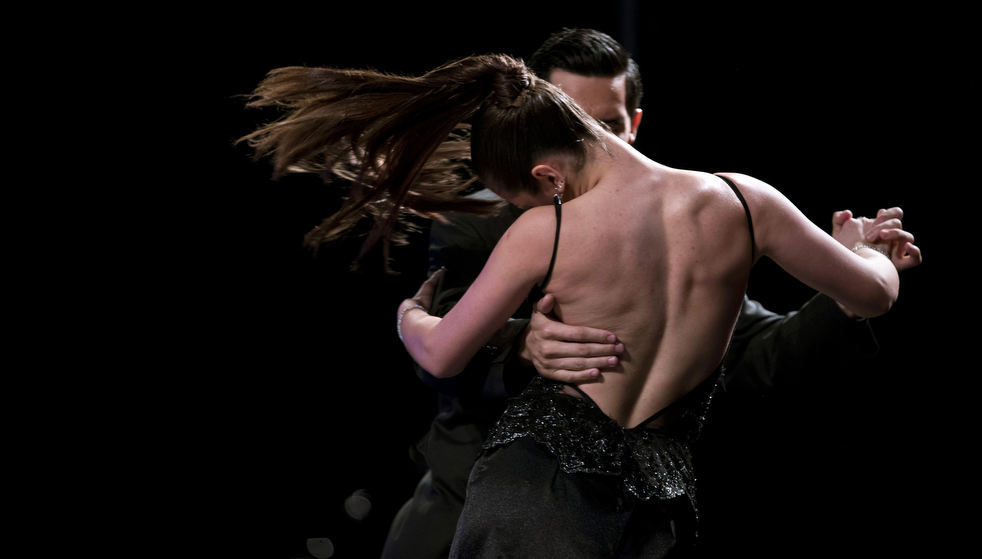 The slow steps consume two beats of music and the quick steps one. Tango music is usually written in 4/4 time (but also in 2/4 time) and played at a tempo of 30-33 measures per minute.
The slow steps consume two beats of music and the quick steps one. Tango music is usually written in 4/4 time (but also in 2/4 time) and played at a tempo of 30-33 measures per minute.
Instructions & Diagrams:
Tango is danced in a closed position, usually closer than in other dances. The man's left hand is holding the lady's right hand. His right hand is placed on her back, along the bottom of her ribcage. The lady's left hand is placed on his right shoulder. You always bent your knees. Remember, this dance is the most bent of all the ballroom dances.
The lead and follow mirror each others steps. The lead begins with the left foot, the follow with the right. Walks usually curve gradually to the left.
Basic Steps for Men
- Step forward with your left foot
- Step forward with your right foot passing the left foot
- Step forward again with your left foot this time passing the right foot
- Step forward and to the right with your right foot
- Left foot close to right foot
Basic Steps for Women
- Step back with your right foot
- Step back with your left foot passing the right foot
- Step back again with your right foot this time passing the left foot
- Step back and to the left with your left foot
- Right foot close to left foot
Video
In the following video Leon and Kim will show you slowly and from all angles how it's done.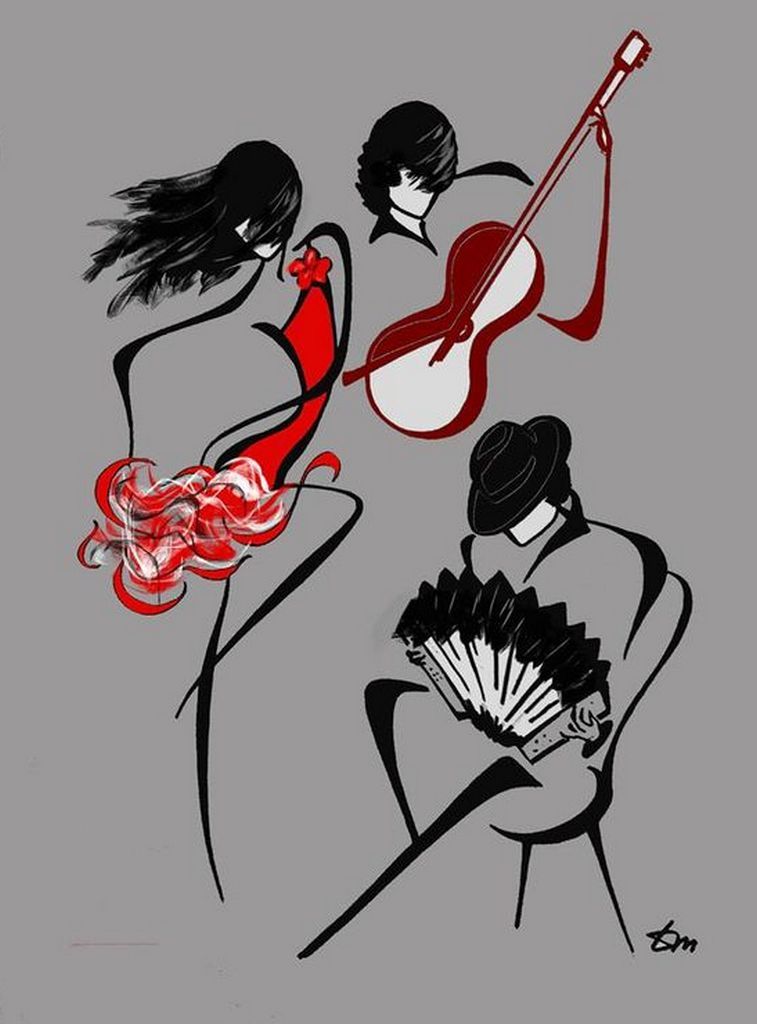 Ready, bend your knees, go:
Ready, bend your knees, go:
more videos »
If you found this lesson useful, you can find more of what we recommend here »
Tango Music - Characteristics and History of Tango Music
Tango music
is a distinctive style of music that originated in late 18th and 19th
century among the
European immigrant and African slave populations of Argentina
during the development of the modern tango dance. The styles that
influenced this famous musical style have come from sources such as
flamenco, polka, mazurika, hanabera, contradanse, valso criolo, milonga
and candombe
, while the most typical instruments are guitar, bandoneón
(also known as “Tango accordion”), piano, violin, flute and double bass.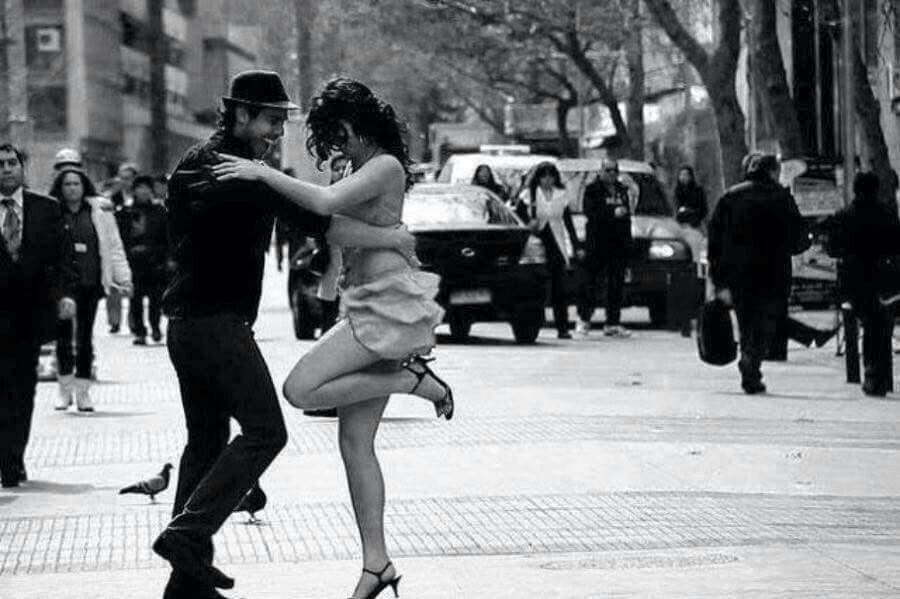 The traditional and
tango music can be played both with a solo instrument, or
an ensemble orchestra (orquesta típica) that usually
includes a
flute, piano, double bass, and at least two of both violins and
bandoneóns.
While solo guitars and clarinets are rare, they are often a part of tango
music ensemble band, and the same holds true for a vocalist.
The traditional and
tango music can be played both with a solo instrument, or
an ensemble orchestra (orquesta típica) that usually
includes a
flute, piano, double bass, and at least two of both violins and
bandoneóns.
While solo guitars and clarinets are rare, they are often a part of tango
music ensemble band, and the same holds true for a vocalist.
The rhythm of the modern tango holds the 2/4 or 4/4 beats per measure with
two upbeats and two downbeats, with frequent use of accented notes,
nostalgic lyrics, sudden changes in dynamics, use of slides (glissandi),
often use of staccato (march-like phrases), intense but melancholic mood
and freedom for improvisation that is fueled by its old jazz origins. It is
very rare to find tango music that consists only of beats. Traditionally,
the more “romantic” or “sensual” the tango song is, the musical ensemble
will prioritize melody over the underlying beat and rhythm.
Every five sections of tango music are made out of 4 phrases, which consist of 4 measures or 8 single-time beats, thus enabling each section to have 32 sing-time beats. Structure of almost every tango song fits neatly to the form of five distinct parts of alternating verses and chorus. In almost every tango song, the outro of the song piece includes similar melody as in first two verses, but with the addition of an instrumental solo or an addition of another musical instrument. The energy of the outro can also go up, leading to the final crescendo which is called “chum-chum” (the final two notes of a song).
The tango is known as one of the most versatile musical and dancing styles
in the world, being able to morph quickly with the changes in musical
styles, social environment or even changes in clothing fashion! In recent
years tango music evolved into many new styles, including Tango Nuevo,
Electro Tango and other.
Origins of Tango Music
Since the origins of the tango style are closely tied with the mix of
influences from immigrants and slaves located in Argentina and Uruguay
(most notably port cities of Buenos Aires and Montevideo), the exact form
of tango music changed widely over the years. Most probably, the original
tango music that was played during early “conventillos”
(gatherings of immigrants, poor and working-class people in communal dance
halls or open fields) could not be easily identified today as a tango. That
early tango community eventually became known as "Guardia Vieja"
(the Old Guard), but their efforts eventually paid off. During those early
years of tango music history, bandoneons (large square-shaped
concertina/accordion that with bellows played by pressing buttons or keys)
became highly popular in Argentina and Uruguay.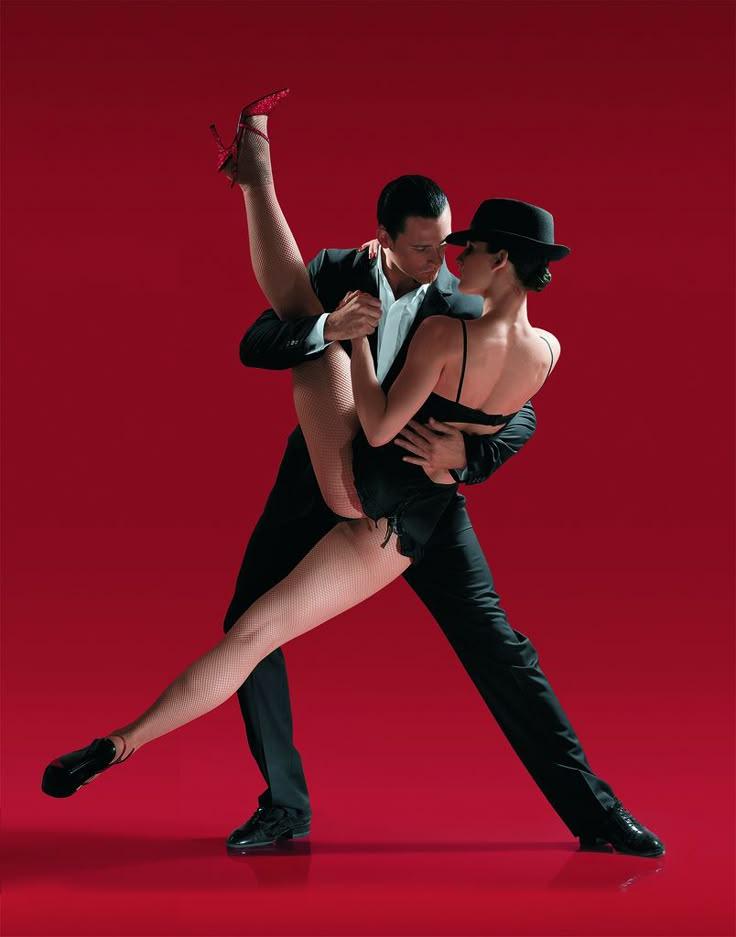 That early tango community
eventually became known as "Guardia Vieja" (the Old Guard), but
their efforts eventually paid off.
That early tango community
eventually became known as "Guardia Vieja" (the Old Guard), but
their efforts eventually paid off.
As the tango became more popular in lower classes, authorities inevitably tried to limit its spreading, but
thankfully they were unsuccessful. As the popularity of tango music rose,
it eventually reached the core of Buenos Aires where it started being
played in higher end dance halls and theater stages. During that same time,
first compositions started capturing the minds of the upper classes of
people across entire Argentina and Uruguay (such as one of the first tango
“El Entrerriano” by Argentine pianist Rosendo Mendizabal in 1890s and the
first tango recording made in Paris by Angel Villoldo) which were by that
time experiencing sudden increase of national wealth. Younger generations
of wealthy nobles became ambassadors of tango dance and tango music beyond
the borders of South America.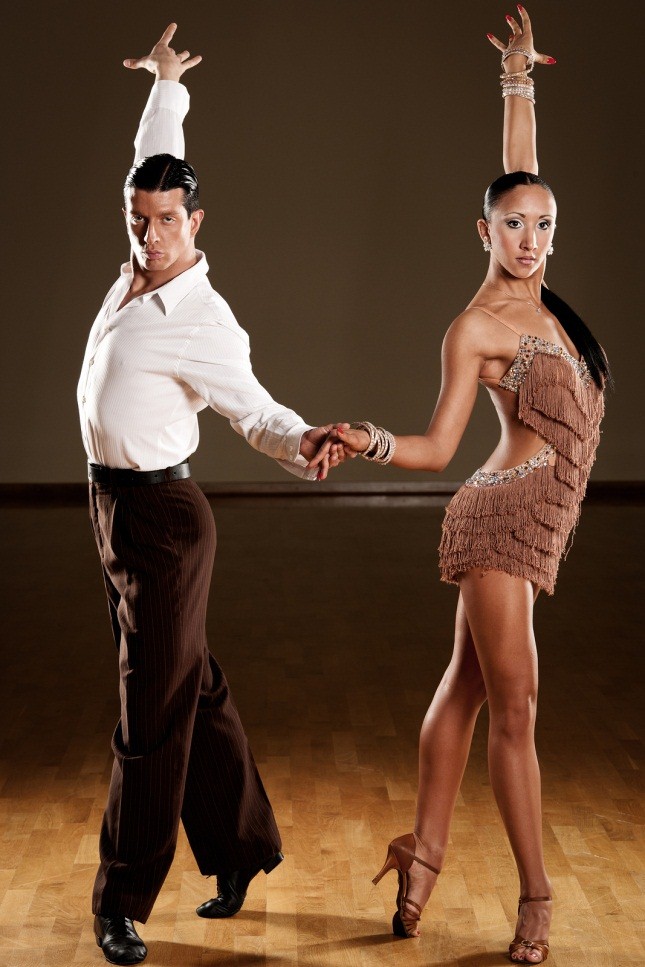
Argentine Roots of Tango Songs
Tango was heavily influenced by already present musical styles of Argentine and Uruguay , such as Payada, Milonga, Pampas and Candombe, many of them drawing heavy influences from African slaves who brought with them new sounds and rhythms that were unknown to native settlers of South America and European immigrants.
Tango music was developed by underprivileged class of Buenos Aires
One of the earliest tango songs that became widely popular in Argentina was
tango-candombe called "El Merenguengué" that was performed
frequently on Afro-Argentines carnival that was held in February of 1876.
The mentionings of the word “tango” in historical records were
rare by then, and earliest findings point to 1823 Havana Cuba, an 1866
newspaper and 1789 government proclamation that banned the “tango”
gatherings of slaves and lower classes in the port areas of Buenos Aires. The first organized “group” of tango musicians started operating in Buenos
Aires between the early 1870s and early 1890s, consisting from two
Afro-Argentines Casimiro Alcorta and Sinforso who played violin and
clarinet.
The first organized “group” of tango musicians started operating in Buenos
Aires between the early 1870s and early 1890s, consisting from two
Afro-Argentines Casimiro Alcorta and Sinforso who played violin and
clarinet.
Before 1900, Argentine became home of the dozens of popular tango songs, including:
- Señora casera”
- “Andate a la recoleta”
- Lino Galeano’s “El queco”
- Gabriel Diez’s “El Porteñito”
- Jose Machado’s “Tango Nº1”
- Juan Perez’s “Dame la lata”
- Prudencio Aragon’s “El Talar”
- Eloísa D’Herbil’s “Y a mí qué” and “Che no calotiés!”
- And others
All these songs were almost exclusively performed live, but that era came to the end with the arrival of the recording equipment to Argentina or with the ability of Argentinian composers to travel to more developed parts of the world (usually Paris) where they could record their music. Some of the earliest recorded tango songs in Argentina were:
Some of the earliest recorded tango songs in Argentina were:
- 1889 - “La Canguela”
- 1896 - Rosendo Mendizabal’s "El entrerriano”
- 1903-1907 - Ángel Villoldo’s "El choclo", “El Pimpolla”, “La Vida del Carretero” and “El Negro Alegre”
- 1905 - Higinio Cazón’s “El Taita”
- 1905 - Gabino Ezeiza’s “El Tango Patagones”
Carlos Gardel as Symbol of Tango
The history of Tango music would not be the same without the presence of some of its earliest stars, and out of them all the shiniest one was without the doubt Carlos Gardel who quickly rose from folk singer tointernational tango music sensation, film star and sex symbol, only to attract even more fame after his sudden death at the age of 44.
Carlos started his career as a singer of folk songs in
Buenos Aires, first as a solo singer and then as a part of a singing trio.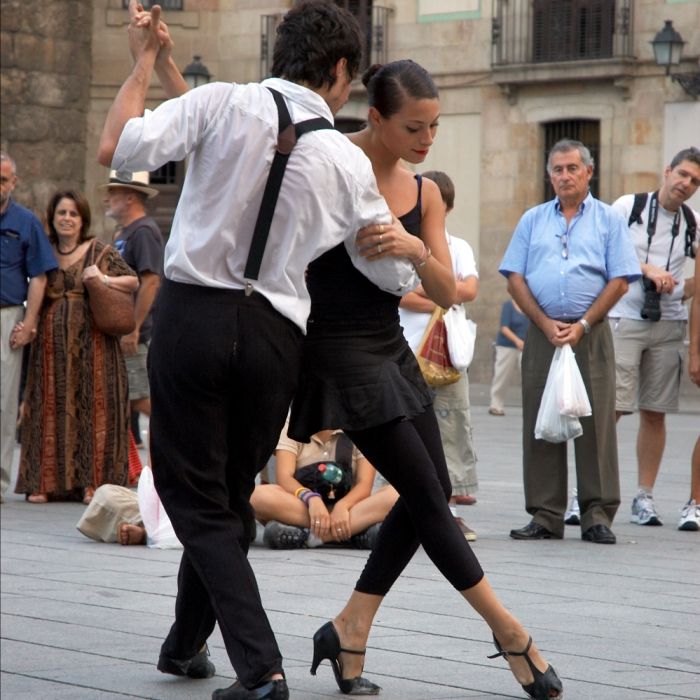 His first moment of true fame arrived with the production of the “ Mi Noche Triste”, a first tango-canción in 1917 that mixed the
Pascual Contursi’s lyrics about failed love with the popular existing tune.
The triumph of that song enabled Carlos Gardel to become an international
superstar and one of the national heroes of Argentina. His influence on
Tango history was immense because he served as a bridge point between the
origins of tango as a music of lower classes (tango was even described then as “gangster music”) to the
music that was appreciated by middle and upper-class dancers and audiences.
His most famous tango song was “El día que me quieras“ from 1935.
His first moment of true fame arrived with the production of the “ Mi Noche Triste”, a first tango-canción in 1917 that mixed the
Pascual Contursi’s lyrics about failed love with the popular existing tune.
The triumph of that song enabled Carlos Gardel to become an international
superstar and one of the national heroes of Argentina. His influence on
Tango history was immense because he served as a bridge point between the
origins of tango as a music of lower classes (tango was even described then as “gangster music”) to the
music that was appreciated by middle and upper-class dancers and audiences.
His most famous tango song was “El día que me quieras“ from 1935.
During the height of his popularity, he toured South and Central America,
successfully performed in all the major entertainment hubs of the world
(most notably New York, Paris, London, Barcelona, and Madrid), and he
filmed numerous films for Hollywood studio Paramount that showcased his
singing and star appeal.
Carlos Gardel popularized Tango like no one before him
In addition to incredible repertoire of tango music (where he often collaborated with music composer Alfredo Le Pera), Gardel found much of his fame because of its sex appeal toward his female audience. To achieve this status, he hid away from the public his personal relationships with several women.
Carlos Gardel and several of his music associates died in an airplane crash in Medellín, Colombia on 24 June 1935. His death triggered a period of mourning not only in his native Argentina but also in entire Latin America. His body was presented for respects in Columbia, New York, Rio De Janeiro, Montevideo and Buenos Aires. He was buried in in La Chacarita Cemetery in Buenos Aires.
After more than 2 decades in the spotlight of the international audience,
death of Carlos Gardel led to the end of the “traditionalist”
period of the tango history, enabling the arrival of the “ golden age of tango” which put more emphasis on
big tango bands than individual singers.
Golden Age of Tango Music
Death of Carlos Gardel brought a divide between traditionalist tango supporters such as Rodolfo Biagi and Juan d'Arienzo and evolutionists like Aníbal Troilo and Carlos di Sarli. Evolutionists eventually won, managing to popularize arrival of big band era (usually consisting of bands that had over dozen performers) that lasted from 1935 to 1952. The most popular bands from that era of tango music history were those of Juan d'Arienzo (also known as “King of the beat”), Francisco Canaro, Mariano Mores and Aníbal Troilo.
Fame and sales were achieved by dozens of big bands, including those of
Osvaldo Pugliese and Carlos di Sarli who managed to popularize piano and
stringed instruments over the traditional sound of bandoneón. While di
Sarli’s music was easy to dance to, Osvaldo Pugliese's approach to Tango
music was much more experimental, with a rich, complex and discordant sound
that prevented easy dancing (but it was possible to be a base for the
creation of dramatic choreographies).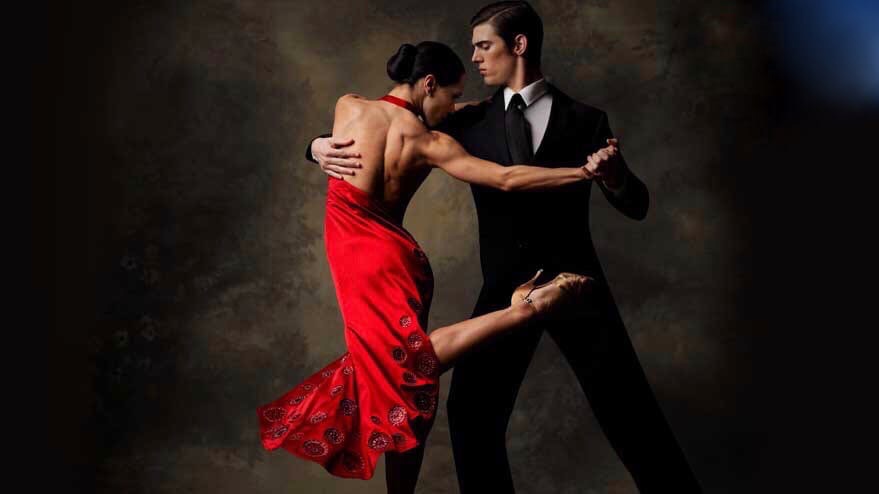
During two decades, tango was viewed as one of the most popular music genres in the world
While this new focus of tango bands was contained in Latin America, this movement eventually managed to find fame in North America and Europe, where many bands adopted tango tunes which were enhanced with new instruments such as clarinet, saxophone, accordion, electric organ and many others. During this time, tango really managed to become a worldwide dance, with the popularity that equaled those of slow tango, foxtrot, and rumba.
The golden age of tango came to the end between the early 1950s and early 1960s with the rise of rockabilly (popularized by Elvis Presley, Johnny Cash, and Jerry Lee Lewis) and
British rock and roll (Beatles).
Tango Nuevo
Of course, tango music did not disappear when rock-n-roll stormed the
world, but it just took a new form. The evolution of tango
music in the 1950s was fueled with the exploits of Ástor Piazzolla, whose
song “Adiós nonino” became one of the most influential tango songs
ever created. The musical style of Tango Nuevo breaks the conventions set
by the traditional tango rules, which instantly caused irritation in old
performers and lovers of traditional tango sound who did not want changes,
even the adoption of new musical instruments such as electric guitar and
saxophone, and dancing moves taken from ballroom, swing, and salsa.
The evolution of tango
music in the 1950s was fueled with the exploits of Ástor Piazzolla, whose
song “Adiós nonino” became one of the most influential tango songs
ever created. The musical style of Tango Nuevo breaks the conventions set
by the traditional tango rules, which instantly caused irritation in old
performers and lovers of traditional tango sound who did not want changes,
even the adoption of new musical instruments such as electric guitar and
saxophone, and dancing moves taken from ballroom, swing, and salsa.
Tango Nuevo incorporated many Jazz influences, complex harmonies and elaborate arrangements from 1970s Buenos Aires scene, and that style was popularized by Litto Nebbia, Siglo XX and Buenos Aires 8. In the 1990s, Tango Nuevo scene was changed once again with the exploits of the pianist and composer Fernando Otero.
Some of the most notable composers of tango nuevo music were Osvaldo
Pugliese, Ariel Ramirez, and Juan Carlos Cacere.
NeoTango
NeoTango is a movement of tango music that incorporates electronic influences into what has become known not only as NeoTango but also “electro tango” and “ tango fusion”. The addition of electronic instruments and computer edited vocals have enabled tango to reach the brand new sound that was very appealing to early 21st century audiences.
New Tango Songs
Tango changed once again in the last years of the 20th century with the
arrival of NewTango, which borrowed orchestra-based influences of early
tango history and mixed it with the lyric style that was focused on
contemporary themes. The most notable performers and bands of this new type
of tango music are Julian Peralta, Orquesta Rascacielos, Altertango, Ciudad
Baigón, Victoria di Raimondo and Pacha González.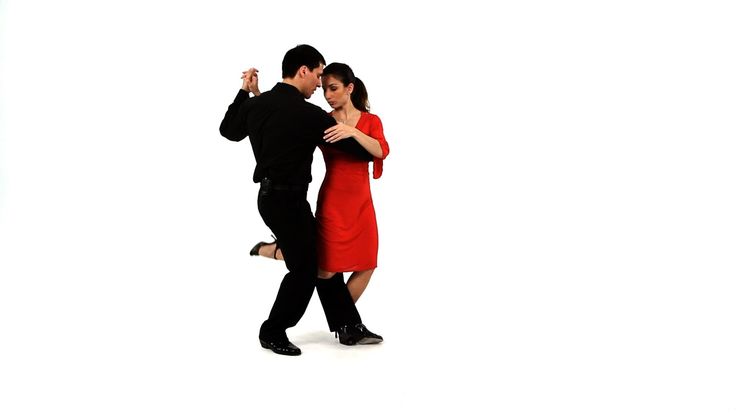
Measure, rhythm and syncopation in tango. How to dance?
Tango measure structure
Tango measure consists of 4 beats: 1234.
1st beat is strong (the loudest), 3rd is medium, 2nd and 4th are weak.
To simplify the translation, some teachers call the third beat "weak" (although it is really average in amplitude), which sometimes creates some confusion.
At the lessons, Russian-speaking teachers aloud call the strong beat “time!”, And the third call “and”. When you hear "one!-and-one!-and..." - it means "1-3-1-3...".
Argentine teachers call the 1st beat tiempo ("Tempo"), the 3rd - contratiempo ("countertempo").
Let's hear how the bars and downbeats sound. Here's a good rhythm:
In the beginning from 0:02 to 0:20 I counted 10 bars (10 downbeats = 10 "times" = 10 by "1"). It turns out the composition is approximately 2 seconds per bar. And then from 0:24 weak beats are heard.
It turns out the composition is approximately 2 seconds per bar. And then from 0:24 weak beats are heard.
Phrase structure in tango
A musical phrase consists of 8 measures: 12341234123412341234123412341234. If we count only strong beats, then there are eight "times".
Dancing
We can dance any beat of any measure we want. Most often, the first beat is danced, because. usually she herself audible in the music. But, nevertheless, the choice is up to the dancer.
I will write the danced beats in numbers, and the non-danced beats in dashes. For example "1-3-" would mean two steps - the first step into the 1st beat and the second step into the 3rd beat.
"To hit the share" means to step on the floor at that moment.
We dance a regular rhythm. Dancing "doubling"
Usually we dance strong beats (first) - "1" - "tiempo": 1---1---1---1---1---1---1---1---.
Such a rhythm of dancing is pronounced “one!, one!, one!…”.
On the contrary, you can dance third beats - "3" - "contratiempo": --3---3---3-. With such dancing, there will be special sensations of “viscosity” of movement, as if you are walking in a swamp.
With such dancing, there will be special sensations of “viscosity” of movement, as if you are walking in a swamp.
However, it is usually not triples that are danced on their own, but “doublings” are made, i.e. "1-3-1" is danced: 1---1-3-1---1---1-3-1---1---1---. Here, on the 2nd and 5th measures, doublings are danced.
You can also dance all 4 beats: 123412341234 - move 4 times faster than usual. You can do this in one selected measure: 1---1---12341---- (quadruple in the 3rd measure). According to physical sensations, this is a “jog”. To do this, the steps must be taken very small. Look Godoy, he knows how.
So, we have several types of regular rhythm:
- 1---1---1--- (normal movement speed)
- 1-3-1-3-1-3- (double speed)
- 123412341234 (quadruple speed)
Dancing syncopation
Syncopation is a violation of the constant speed of movement, like a "torn" rhythm, and is realized by shifting the accent from a strong beat to a weak beat.
For a dancer, this means stepping into the weak beat instead of stepping into the strong beat. Syncopation is danced using beats 2 or 4.
Here are syncopations: 12-1, 1-41, 12-41, 1-341, 123-1, --341, etc., using beats 2 or 4 - weak. However, 1234 is not a syncopation, it is a regular rhythm.
(с) Andrey Krylov, 2012
How to dance tango? Is it possible and for whom is it suitable? About the dance steps of tango.
I love dancing and have always wanted to learn how to dance tango.
In those distant times, when I went to ballroom dancing, it seemed to me that Tango is a very, very difficult dance. We taught at what angle to put feet, oblique steps, step patterns like “slow, slow, fast fast slow, fast, fast.” In general, the impression was that to dance tango in everyday life is simply unrealistic and only professionals can do it.
What makes tango different from other dances?
Samba, mamba, salsa are rather fast dances.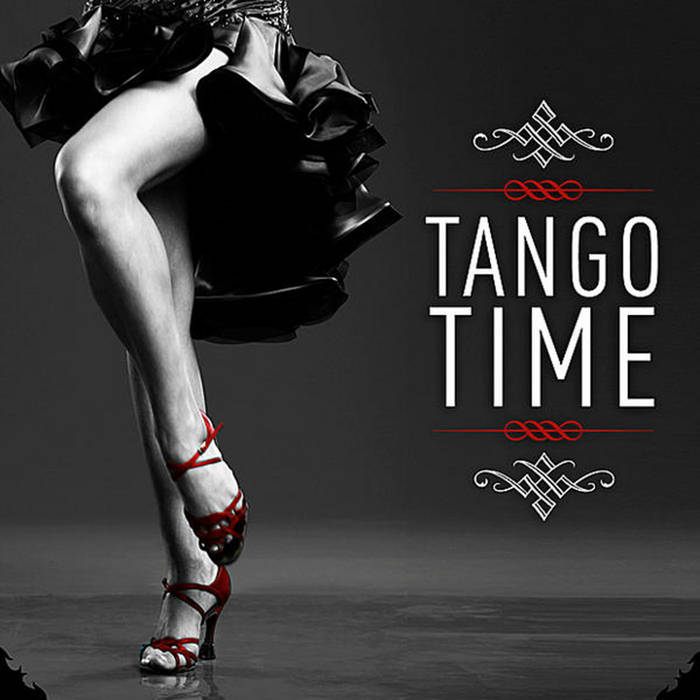 It's already defined complexity. There is a work of the hips, what you need to learn. In samba steps springy, and this is a certain load on the knees. In jive, you need to be great jump. Waltz is a beautiful dance, but it is hardly possible without preliminary preparation. take it and dance. Cha-cha-cha, rumba - a complex pattern of steps (in rumba for 4, 2 and 3), the work of the hips ... And any of these dances requires a certain physical forms.
It's already defined complexity. There is a work of the hips, what you need to learn. In samba steps springy, and this is a certain load on the knees. In jive, you need to be great jump. Waltz is a beautiful dance, but it is hardly possible without preliminary preparation. take it and dance. Cha-cha-cha, rumba - a complex pattern of steps (in rumba for 4, 2 and 3), the work of the hips ... And any of these dances requires a certain physical forms.
What a tango business! Tango can be danced as slowly as you like. Steps can be done in much the same way as you walk in life (only getting into “once, two, three, four, of course)). There is no special work for the hips. How not to put your hands - everything is correct. The main thing is to perform movements with charisma))
The only catch is that if you don’t have this very charisma, then there is nothing to show. Tango is not for you)) Better just trample as usual under the slow
Watching dances from films, I understood about tango following :
1.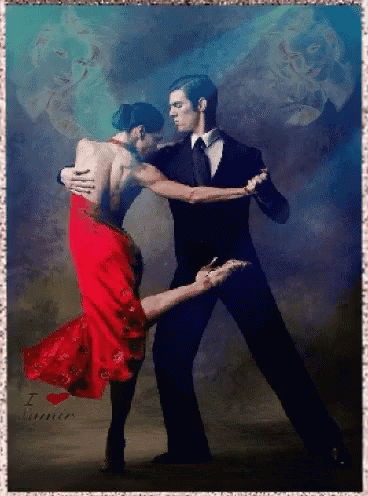 There are no mistakes in tango! If you dance with this setup, then the task is not seems difficult at first. Tango is a game.
There are no mistakes in tango! If you dance with this setup, then the task is not seems difficult at first. Tango is a game.
2. Forget slow, slow, fast fast slow patterns. If you are able to count to the music “one, two, three, four” and are able to rearrange feet under this score means you are not lost to society anymore))
3. There is no need to rush anywhere in tango. You can step through the account - one, and three. You can generally meaningfully stand still for a whole measure.
4. It's very good if there is a flower that you can take in your teeth :) and pass it on to a friend a friend or whom a man can hold in the face of a partner. Or by area neckline…
What is required of a man in a dance:
1. Look directly at your partner, tilting your head in her direction. Demonstrate their masculine charisma - women like it))
lunge or turn))
3. Letting go of the partner and pulling her back to you - gently or more sharply movement.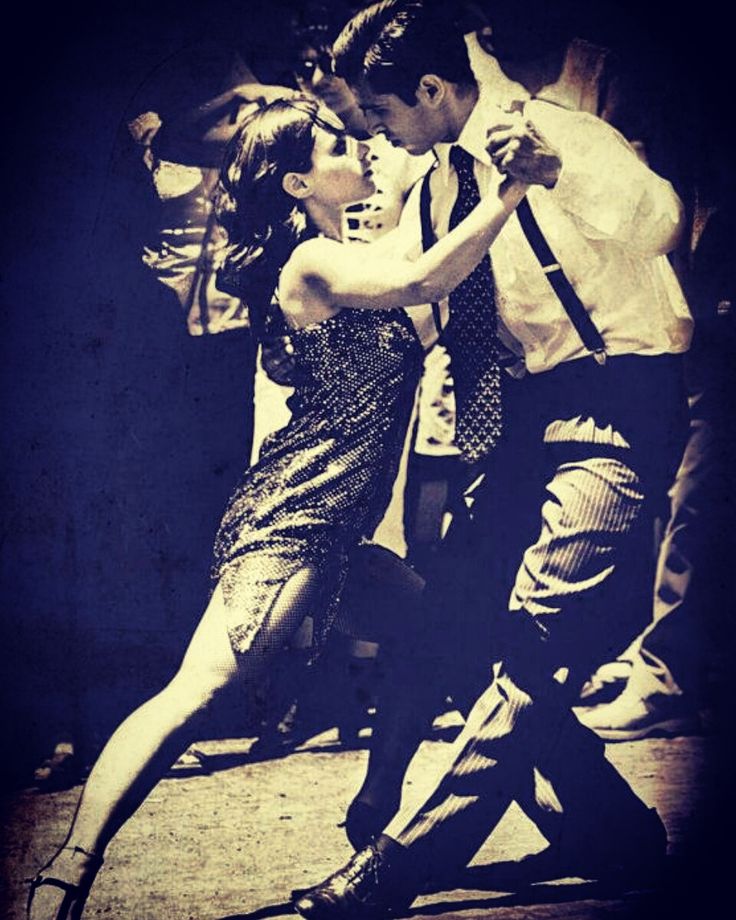
4. Help turning.
5. Tilt in different directions (and during the tilt you can lean towards her neckline))
6. Throw the partner's leg over you and drag it along her dance floor.
7. Move your feet to the music))
For advanced: it's great if you let a woman feel Which direction are you going to take it next? So she will be more relaxed and your dance will look very harmonious.
What is required of a woman:
1. Relax, completely submit to your partner and move your legs in that the direction it leads.
2. Lean, turn, lunge to the side and back.
3. Leave and return.
The easiest steps
1. The easiest way to start is to learn to move side by side face to face. so feet partners do not interfere with each other))
2. Stepping forward, backward, sideways, facing each other or looking at one direction (woman with her back to the man).
The history of tango began in Argentina. At first, the passionate dance was performed only by black men in bars, taverns, and various places of entertainment. It was a real duel for the heart of a beautiful lady. It was she who had to choose the most interesting, dexterous dancer. But by the end of the 19th century, its popularity was growing. In Buenos Aires, he was very fond of emigrants, and then the whole world. In our time, this is already a pair dance, where the partner leads, and the partner, barely holding back her passion, follows him.
First steps in tango
Now everyone can learn Argentine tango. Argentine tango video lessons for beginners will help you take the first steps in mastering a beautiful, fresh, expressive dance. This is undoubtedly a dance of the heart, love and death. They even invite him only with a glance, and if the lady averted her eyes from the gentleman, then this is already regarded as a refusal.
Argentine tango lessons for beginners - a detailed and wonderful video where experienced choreographers, professionals will show you all the basic steps and combinations that will help you portray any mood and feeling through dance.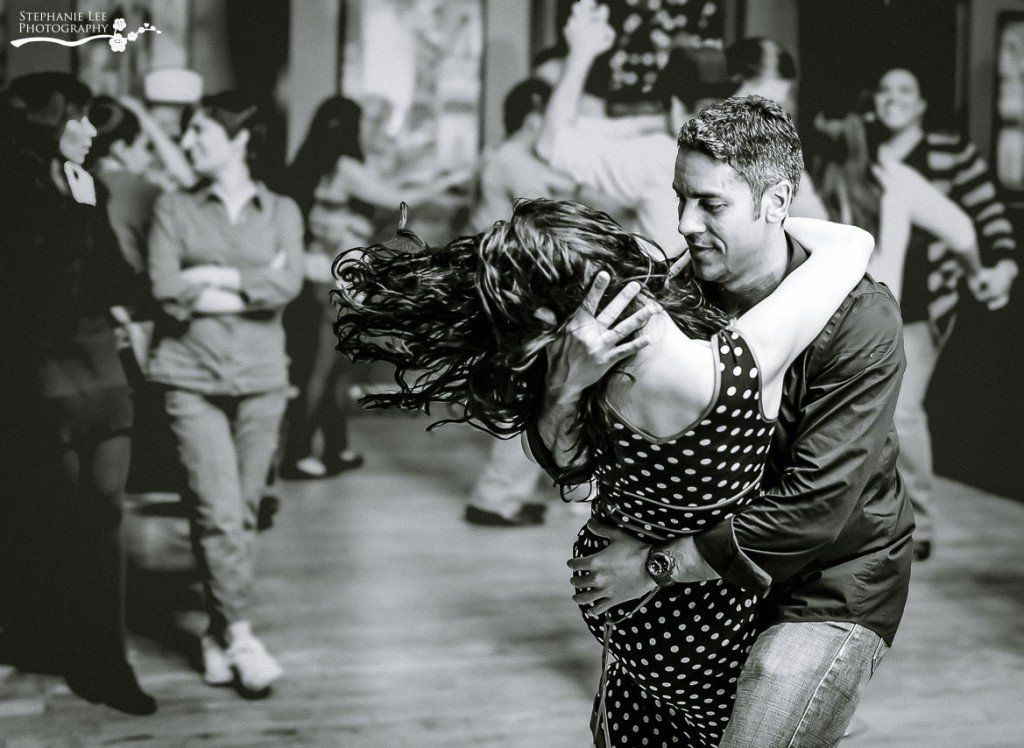 They will help you learn how to listen to music correctly, follow it, correctly maintain the style, and tell you about all the features of the performance.
They will help you learn how to listen to music correctly, follow it, correctly maintain the style, and tell you about all the features of the performance.
Expression and passion
The most important part of the Argentine embodiment of love is emotions, feelings, passion that does not come out, but rages somewhere inside. Such hidden expression forces the performer to be at the very edge of the sensual.
Argentine tango dance video will tell you how to correctly express your attitude, learn how to improvise. After all, these are not exact steps, verified schemes, but a real performance. This is not just a dance, but a whole little life lived in a few minutes.
Undoubtedly, Argentine tango for beginners is not particularly difficult. Absolutely anyone can learn, the main thing is to listen to yourself, your feelings, feelings, harmoniously contact with a partner, understand each other.
Invariable Attributes of Dance
There is a certain invariable style that is ideal for temperamental performance.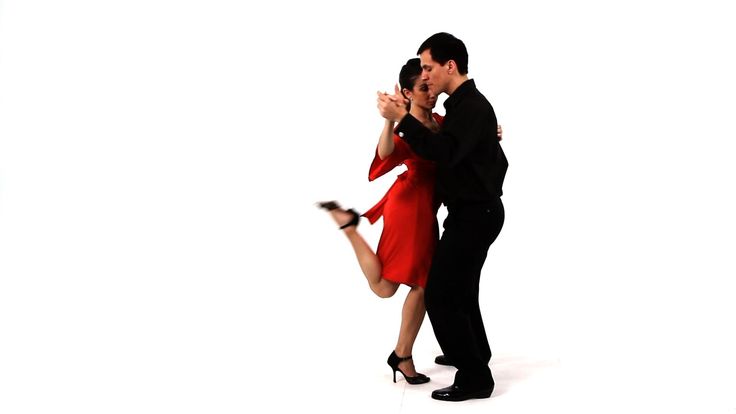 To start dancing the dance of passion, you need to pay attention to the following aspects:
To start dancing the dance of passion, you need to pay attention to the following aspects:
- Shoes;
- Clothing;
- Music.
Shoes for Argentine tango should be comfortable and convenient, but at the same time be elegant and beautiful. For women, these are sophisticated sandals with thin heels. The color can be any, preferably bright. And for men, elegant lacquered boots are suitable.
Clothes for Argentine tango - a beautiful tight dress, often with an open back, obligatory slit on the side. It should not hinder your movements and you will look stunning in it. They also love bright colors, especially red. The partner must have a permanent felt hat. You can complement the image with suspenders.
And, of course, the choice of music plays a big role. People often ask what is the name of the Argentine tango harmonica? This is originally a bandoneon, which can be accompanied by a whole orchestra, where various instruments are present:
- Guitar;
- Piano;
- Double bass;
- Flute;
- Violin.
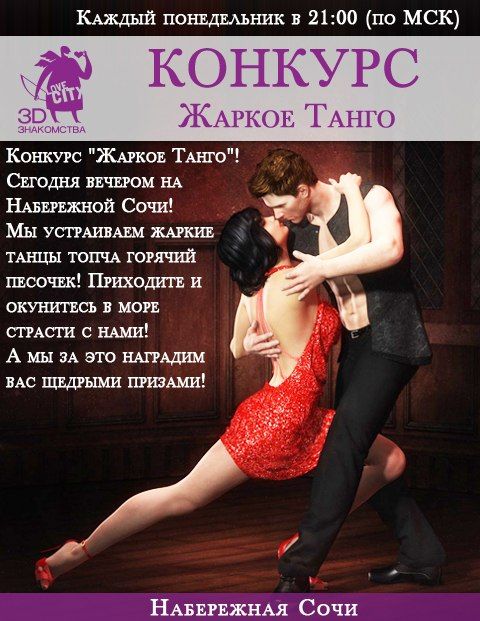
This music is very popular nowadays, it can often be heard in figure skating, synchronized swimming, gymnastics.
A beautiful dance is performed everywhere: on special venues, stages, festivals, competitions, clubs. It has many variations. To learn how to dance it, it is not necessary to know a large number of figures, the main thing is that the style and technique are impeccable, and the movements are musical. Exercises for Argentine tango can be viewed and started dancing right now.
How to learn to dance tango?
First, let's plunge into history and see where this bright dance came from. The birthplace of tango is Argentina, it was there that tango became widespread. However, not everyone knows that this dance originated among the African settlements in Buenos Aires. So how do you learn to dance the tango?
Music for tango
In order to learn how to dance tango, you first need to master the rhythm of the dance. What kind of music to choose for training is up to you.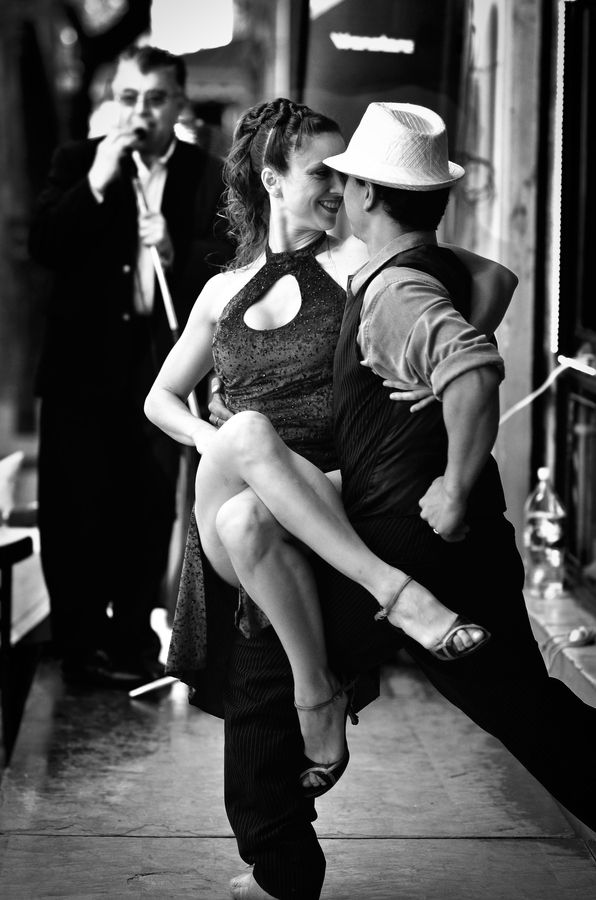 Any tune with a clear, consistent beat will do.
Any tune with a clear, consistent beat will do.
Basic steps
Steps are the basic element of most tango movements. The first step is to learn how to step on each downbeat of the music. The strong beats of the melody should alternate at intervals of approximately one second. Start practicing at a pace: slow, slow. Then move on to the classic form of tango, where two fast steps alternate with one slow step. Fast steps should fall into the strong beats of the music.
Use your own room for training. Move along the perimeter in turn, first clockwise and then counterclockwise. The movement along the edge of the dance floor is the main thing for this dance.
To avoid collision with other couples during the dance, the direction of movement is reversed. It is also allowed to cross the central zone with a subsequent return back to the line of dance. You can also place obstacles in your path and try to bypass them by changing direction.
The position of the legs in tango is determined by the fact that you put your foot on the toe first, while the legs should be straightened more than usual. This gives the movements a feeling of sliding on the surface. To train your muscles, you can practice walking on your toes, but in dance it is better not to do this.
This gives the movements a feeling of sliding on the surface. To train your muscles, you can practice walking on your toes, but in dance it is better not to do this.
When moving backwards, turn your head to the side to better orientate yourself. At the same time, women turn their heads to the right, and men to the left. Make sure that the weight of the body is always shifted slightly forward, and the step starts from the front of the foot.
Tango figures
After mastering the basic step, you can start learning tango figures, and their combination depends on your imagination and is not limited to a certain algorithm.
Here are just some of the tango steps:
- la Cadencia - two steps in place
- la Caza - the second step in place after the first. In ballroom terms, this step is called Chasse, which means pursuit.
- The las Cunitas figure allows you to go around obstacles, while steps are taken by slightly swaying and gradually turning clockwise or counterclockwise.
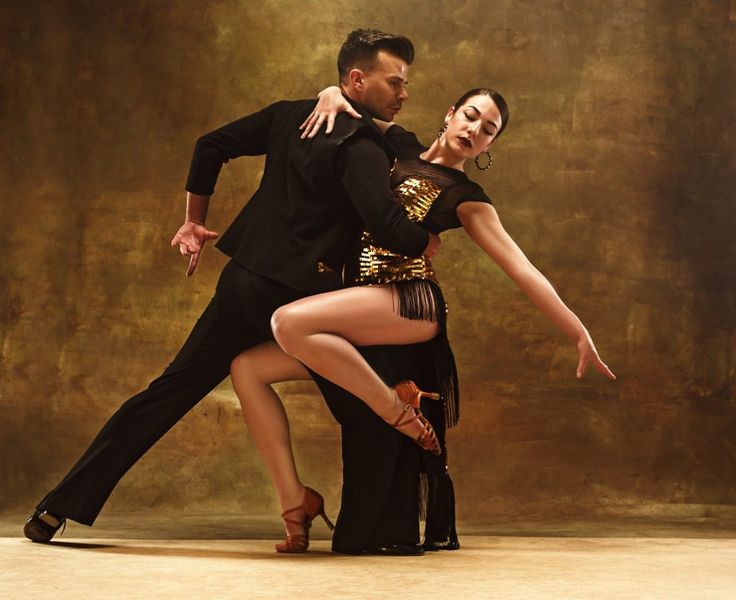
- El Circulo is another figure that allows you to beautifully avoid collision with other couples. The principle is the same, gradually turn around while walking, and thus form a circle.
- Salida is a figure of steps in the form of the letter U. There is also a figure of steps in the form of the letter L.
In order to master all the figures, be patient and enjoy every moment of learning tango, so that later you can develop your own dance composition.
More complex elements are a combination of several simple ones. Mix and match different elements of tango. Take steps in place, a series of steps in the same direction with a sharp turn of 180 or 360 degrees, change the length of the steps.
Tango is a pair dance, if you have no one to train with, imagine an invisible partner, watch your hands and posture. Emotions and passion are integral parts of the image of a dancer. Strive to express your mood and feelings through the movements of your body.
How to dance the tango, which steps and styles to use is up to you. Do not be afraid to experiment and watch a video on how to dance tango to consolidate the result.
Modern dance art is replete with different directions, everyone can choose exactly the one that he likes. There are both complex directions, where many species are intertwined, and individual ones.
Tango
Tango is a modern art, but it has ancient roots, originating from Argentina. It was considered a folk dance there. At the moment, this species is popular all over the world, it is distinguished by energetic music, precise movements. He is very beautiful and spectacular. Before you understand how to dance tango, you need to choose a direction. Tango is divided into several subtypes:
- Ancient.
- Argentine.
- Uruguayan.
- Ballroom.
- Finnish.
Music for tango is also divided into subgroups:
- Waltz.
- Milongo.
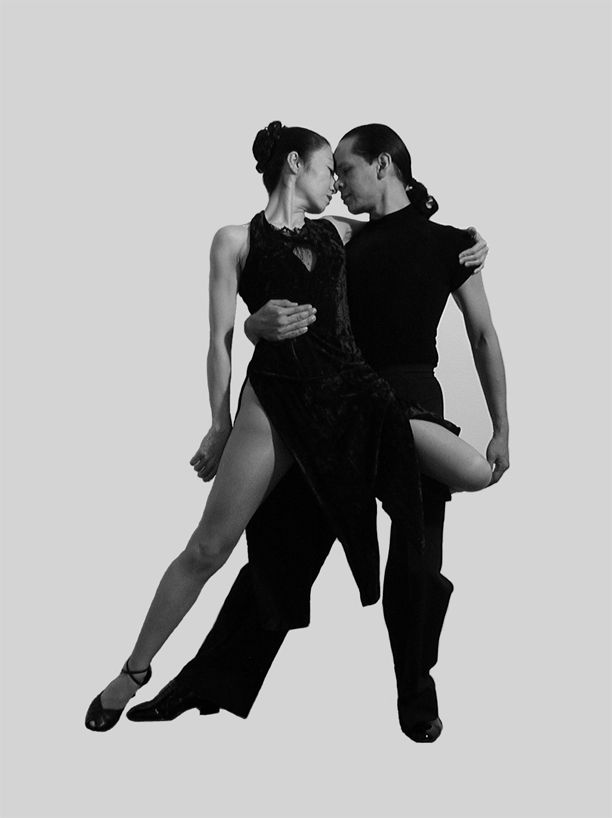
- Cangengue.
- Electronics.
The main differences of all types are the rhythm of dance, movements and melody.
When the choice is over, you can move on to the question: "How to dance tango?"
The history of tango
Paradoxically, the roots of this art form are from ancient Africa, the name itself is also of African origin. The people of Ibibio called the dance to the drums. The people of Buenos Aires first traveled through Europe with such a program in the early twentieth century.
Learn to tango on your own
How to tango professionally at home? It is not always possible to visit special clubs and sports centers. But there is a way out. Learn to dance tango at home with video lessons. This direction is chosen by sensual, passionate people to splash out all emotions and show their individuality.
The real question is: "How to dance the tango?" - not as complicated as it might seem at first glance. The main thing is to feel the music and surrender to it entirely. Dance to the tango is a must to the right tune. It should be slow and with a constantly repeating rhythm. Listen to many compositions until your melody is found, under which even the soul will ask to dance. Give yourself to the music entirely, let it lead you clockwise, do not strain. It is imperative to know all the basic steps, practice in advance. Steps are basic knowledge, without which you will just dance in a free format. The legs will get tired at first, a good workout for them is tiptoeing, the calf muscles are trained for one or two. Even just doing housework, try to do it on tiptoe. And remember, tango is, whatever one may say, try to find a partner who is willing to learn with you or teach you. Therefore, before thinking about how to dance tango, it is important to remember that everything depends on faith in yourself, do not listen to those who will dissuade and ridicule you, go towards your goal.
The main thing is to feel the music and surrender to it entirely. Dance to the tango is a must to the right tune. It should be slow and with a constantly repeating rhythm. Listen to many compositions until your melody is found, under which even the soul will ask to dance. Give yourself to the music entirely, let it lead you clockwise, do not strain. It is imperative to know all the basic steps, practice in advance. Steps are basic knowledge, without which you will just dance in a free format. The legs will get tired at first, a good workout for them is tiptoeing, the calf muscles are trained for one or two. Even just doing housework, try to do it on tiptoe. And remember, tango is, whatever one may say, try to find a partner who is willing to learn with you or teach you. Therefore, before thinking about how to dance tango, it is important to remember that everything depends on faith in yourself, do not listen to those who will dissuade and ridicule you, go towards your goal.
Clothing
In the perception of a person far from tango, this is something beautiful - bright dresses, deep necklines, rhinestones, glitter.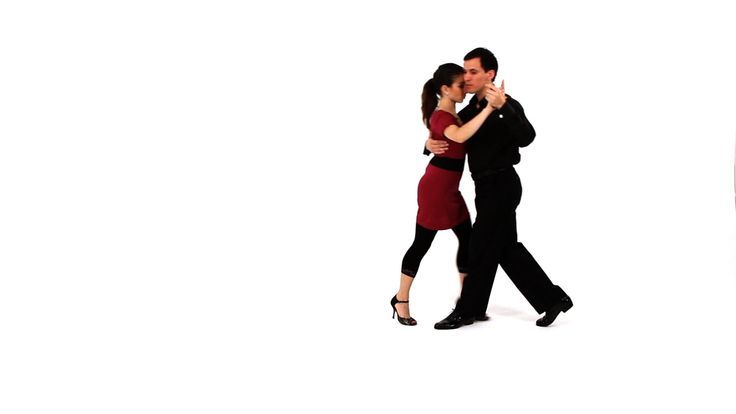 Festive dance with red roses, mesh tights, patent leather shoes. Initially, it is this chic that attracts ordinary people who are far from the world of dance. Indeed, on the one hand, a gray routine, and on the other, a bright, hot, passionate flash of madness. Due to the abundance of trends in this style, now there is no need to look for exactly one type of thing, you can select and combine outfits yourself. What could be more beautiful than putting on a bright dress after everyday clothes and feeling like a queen!
Festive dance with red roses, mesh tights, patent leather shoes. Initially, it is this chic that attracts ordinary people who are far from the world of dance. Indeed, on the one hand, a gray routine, and on the other, a bright, hot, passionate flash of madness. Due to the abundance of trends in this style, now there is no need to look for exactly one type of thing, you can select and combine outfits yourself. What could be more beautiful than putting on a bright dress after everyday clothes and feeling like a queen!
Tango as a way out of everyday life
Tango is love at first sight, as many famous dancers and beginners say. He came, he saw and he disappeared. You just start to get sick of this direction, learn new elements, hone those already learned and give yourself to the dance, forgetting about everything that happens.
On World Tango Day, which is celebrated on December 11, millions of dancers rejoice and do what they do best, what they sincerely love - dancing! Like the last time in my life.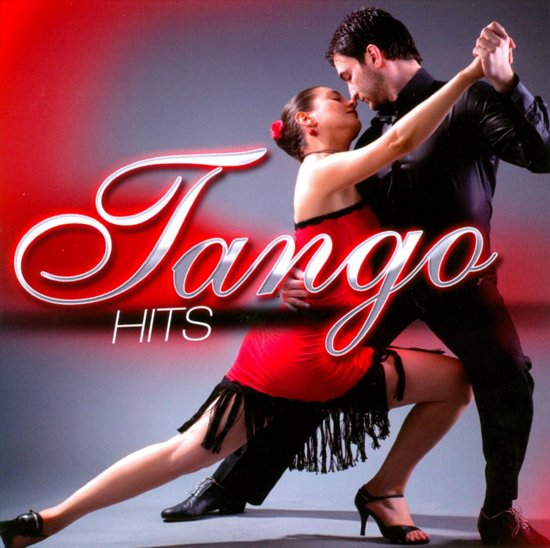 Tango brings together people of different ages, professions, social strata. And unites them into one big family. Since tango is a partner dance, it teaches trust. Therefore, you must fully trust your partner, allow yourself to behave.
Tango brings together people of different ages, professions, social strata. And unites them into one big family. Since tango is a partner dance, it teaches trust. Therefore, you must fully trust your partner, allow yourself to behave.
With the help of such a dance, one can return the former passion to the family. More than one couple has already admitted that this renews their relationship and gives the very spark that goes out in everyday life. People fall in love with each other again, their eyes start to glow, they want to dance again and again.
Tango has always attracted people with its passion. This dance helps to express all the feelings hidden deep inside that are not found in everyday life. But to achieve a positive effect, learning to tango requires hard, selfless work.
Where to start
Tango is built on the relationship between a man and a woman, their passion, conflicts and reconciliations, jealousy, hatred and love. Each instructor has his own vision of dance, so it is better to study with one, rather than with several teachers. There are no age restrictions here, tango is the best dance for everyone - it would be perseverance and desire.
Each instructor has his own vision of dance, so it is better to study with one, rather than with several teachers. There are no age restrictions here, tango is the best dance for everyone - it would be perseverance and desire.
First Moves
Let's hear how an experienced instructor teaches women how to do the first moves: “Pull your arm forward as if it starts from the ear. Then take a step so that the leg starts as if from the chest. The very first step is taken, then the basic elements are taught: pivots, moving in step, etc. These elements are not easy in themselves, but who said that it would be easy. Also, literally from the first lessons, you need to learn how to properly distribute your own weight.
Differences of tango from other dances
No matter how sensual and temperamental tango is, there is always a note of sadness in it. Unlike the planned repetitions of the rhythm of the waltz, in the tango there are accelerations and decelerations - everything that drastically changes the rhythm of the dance.
